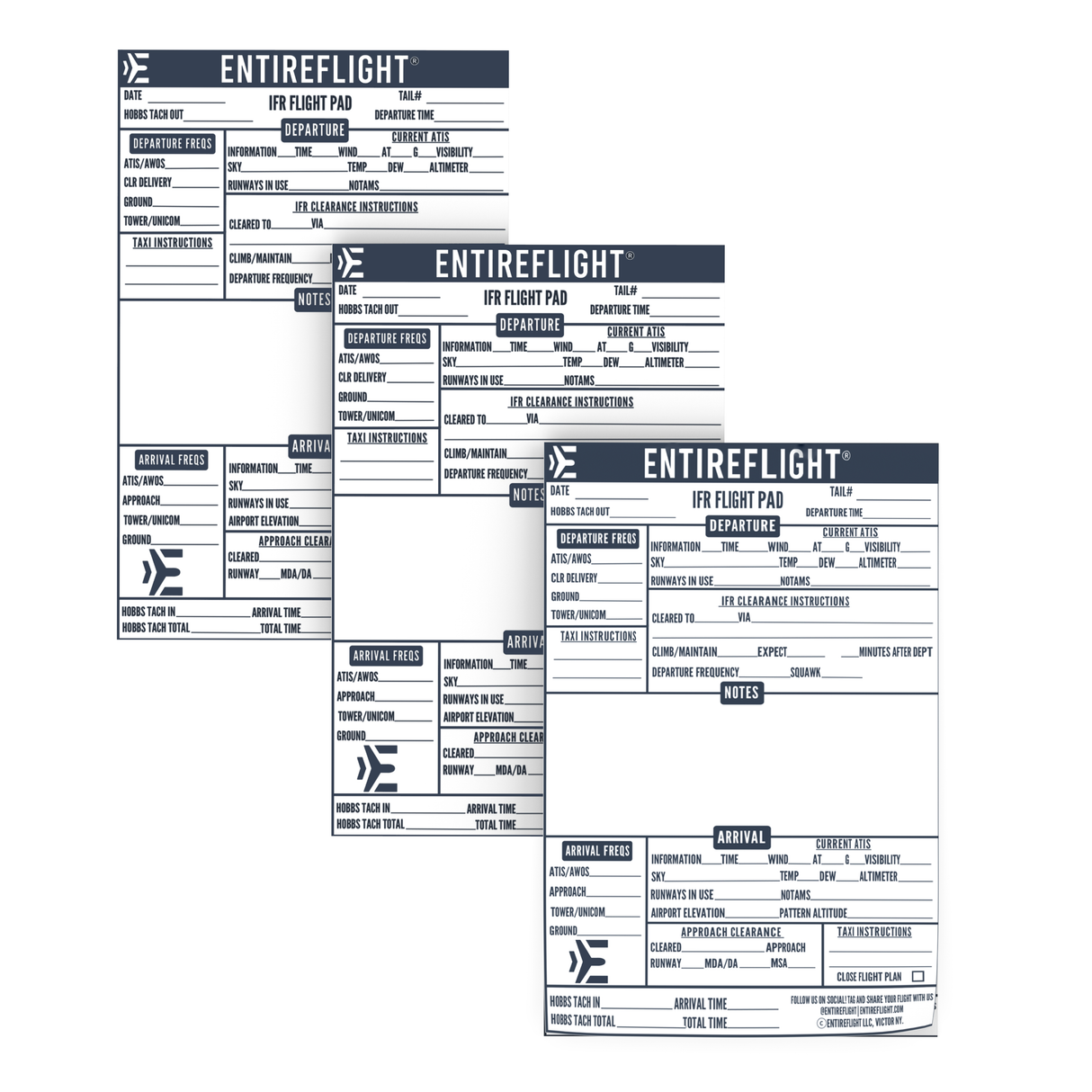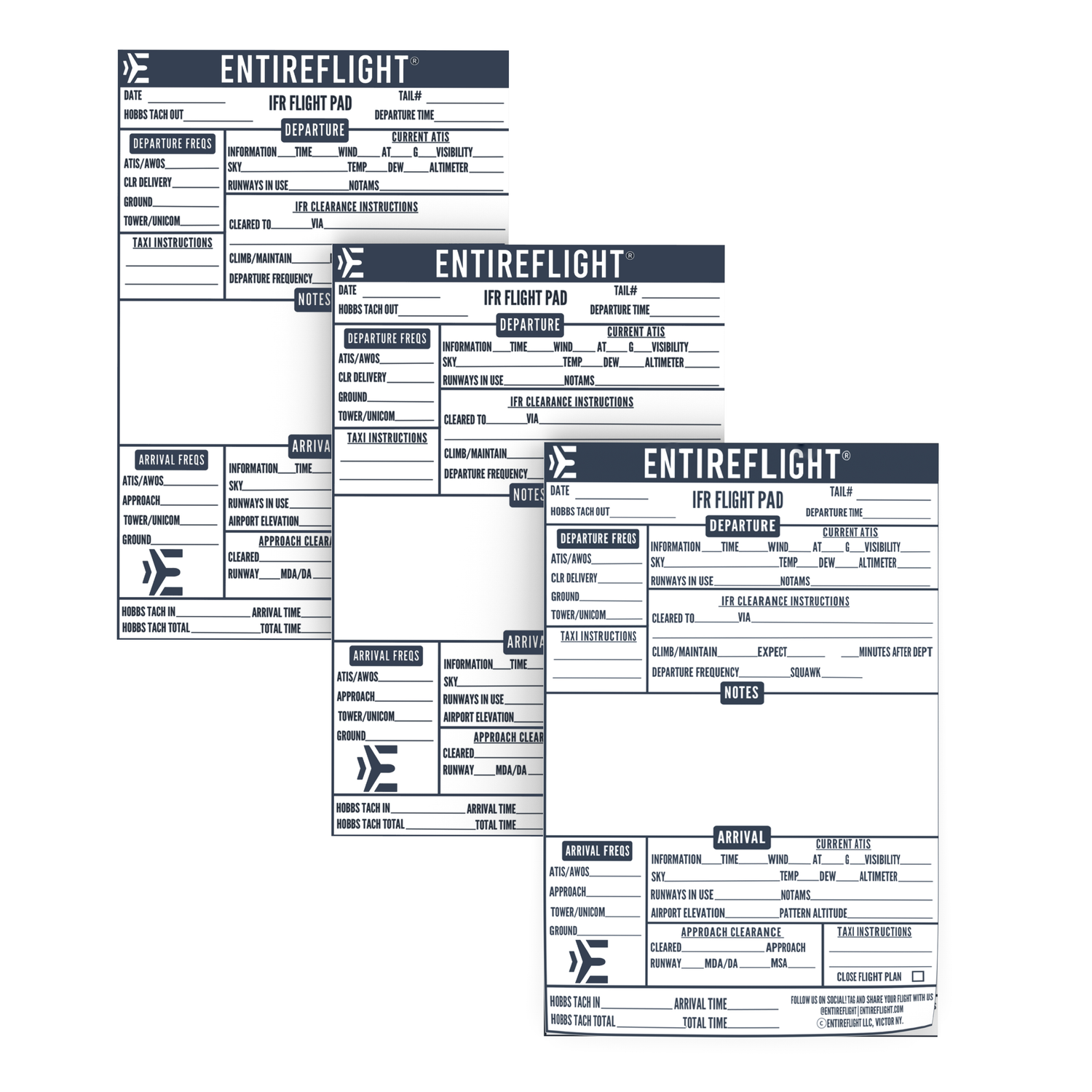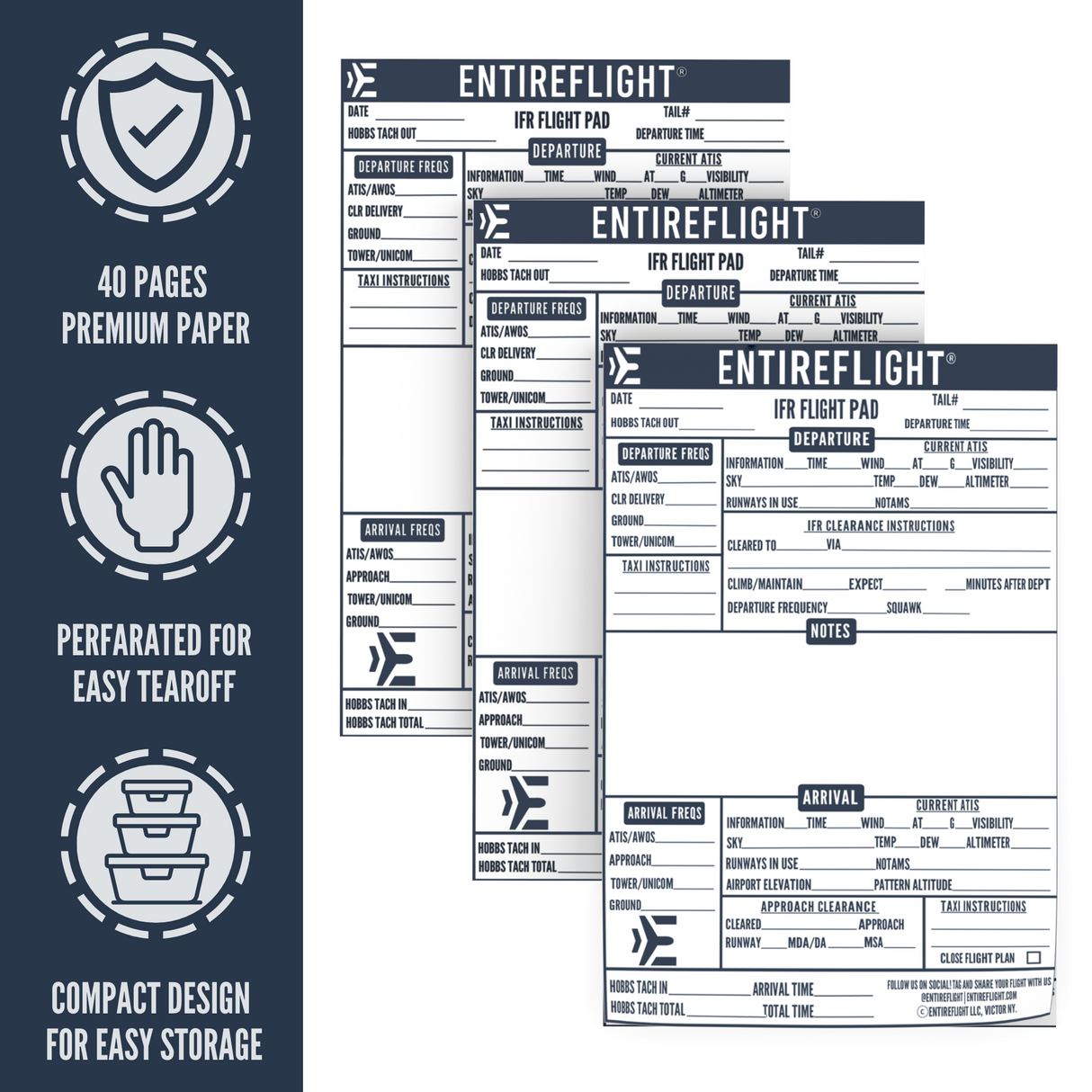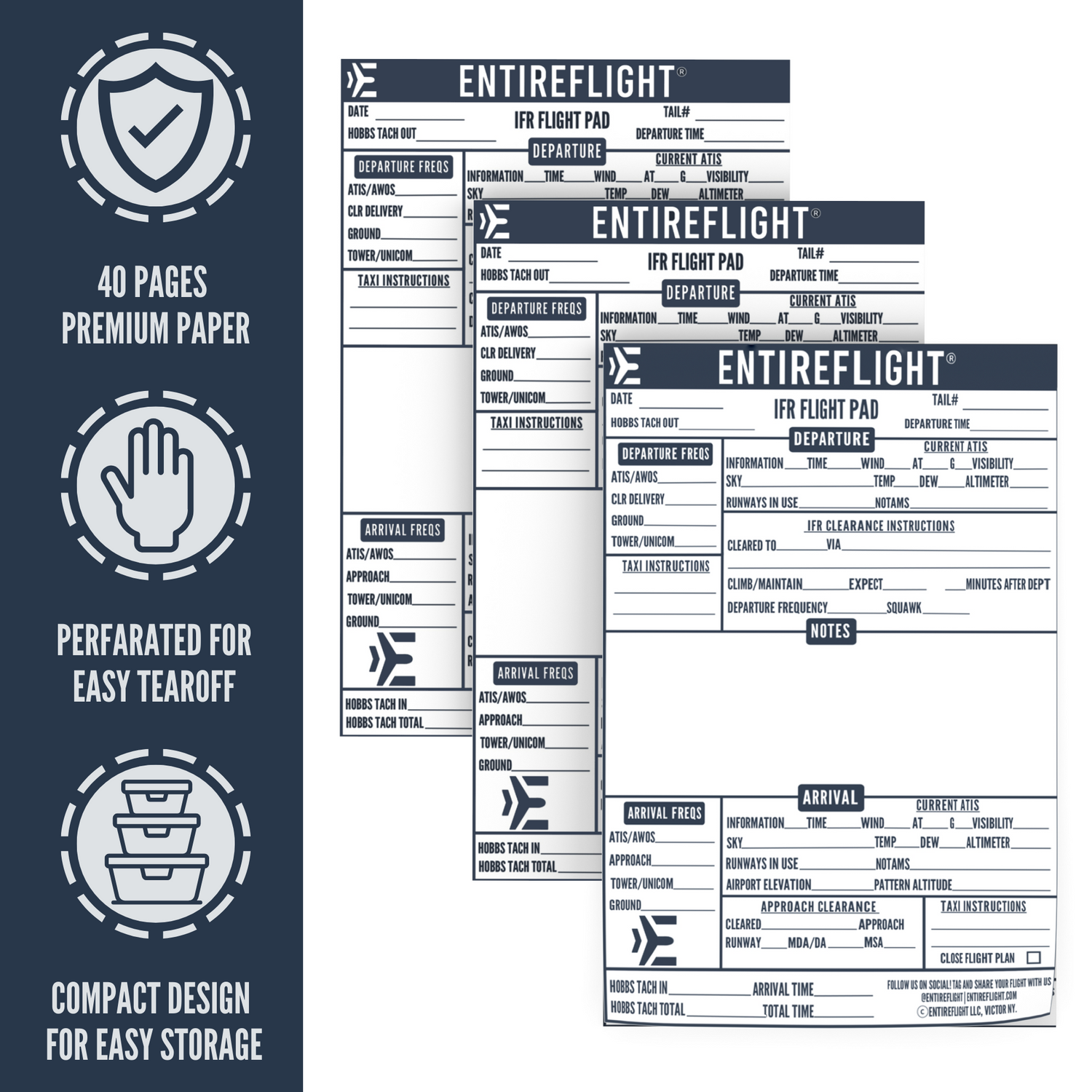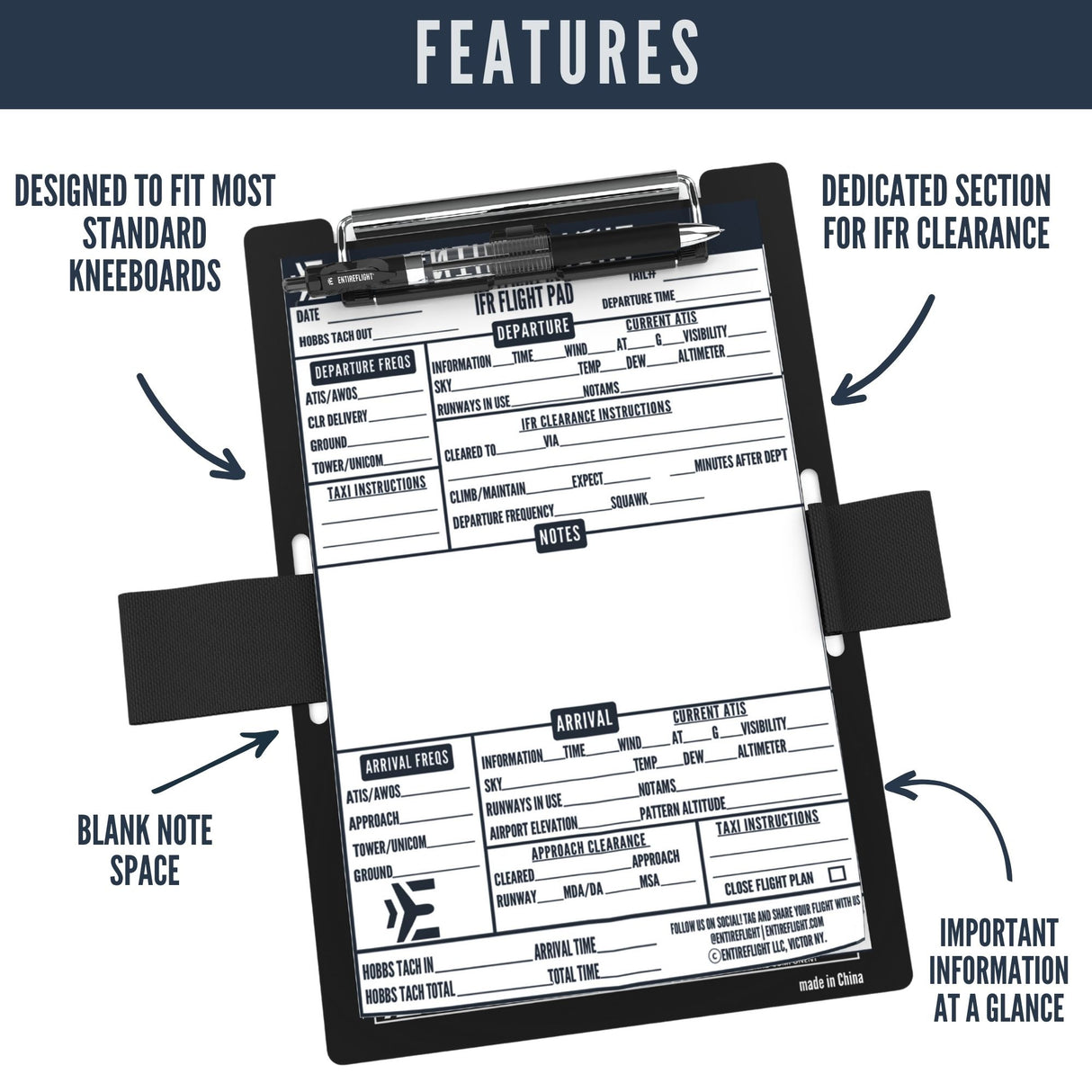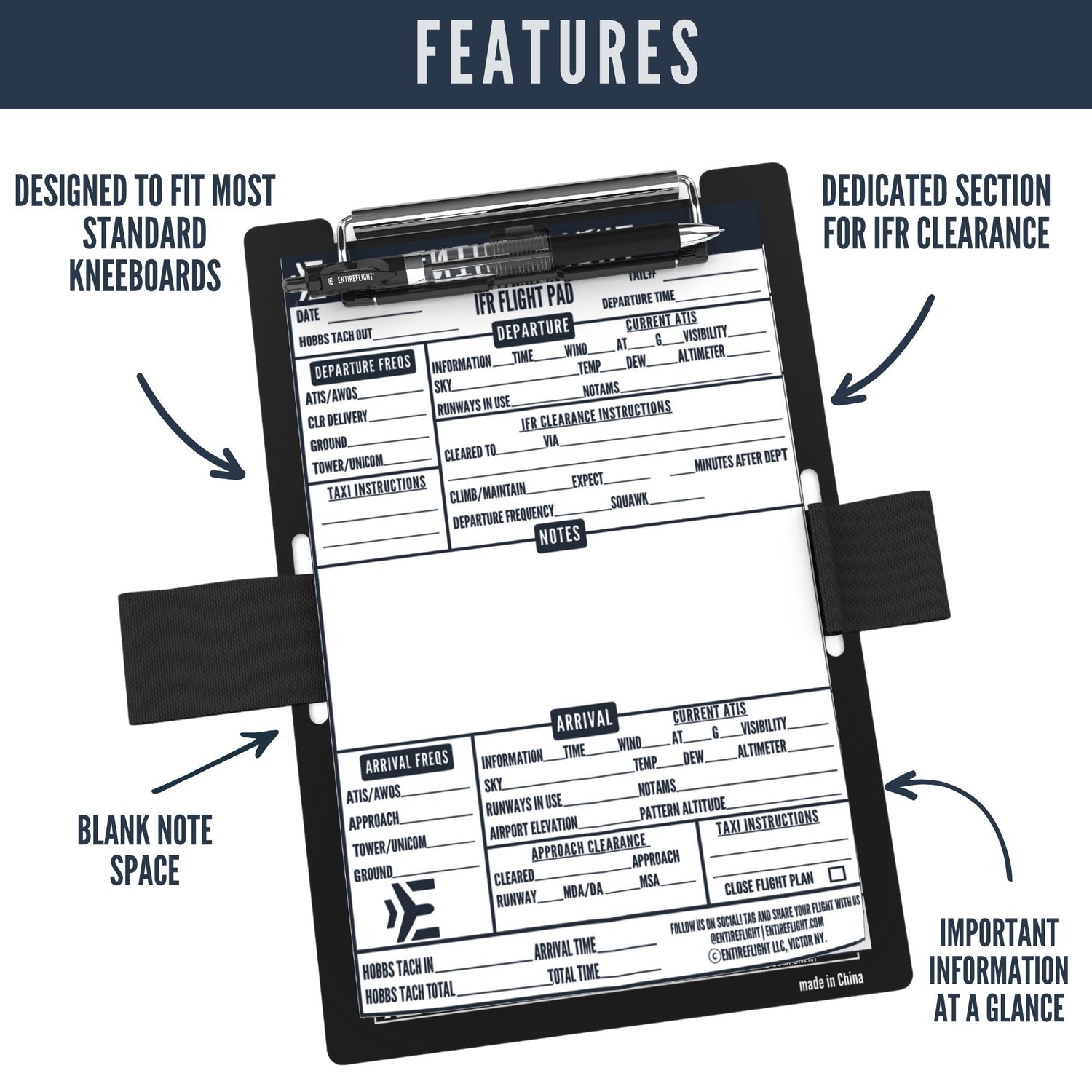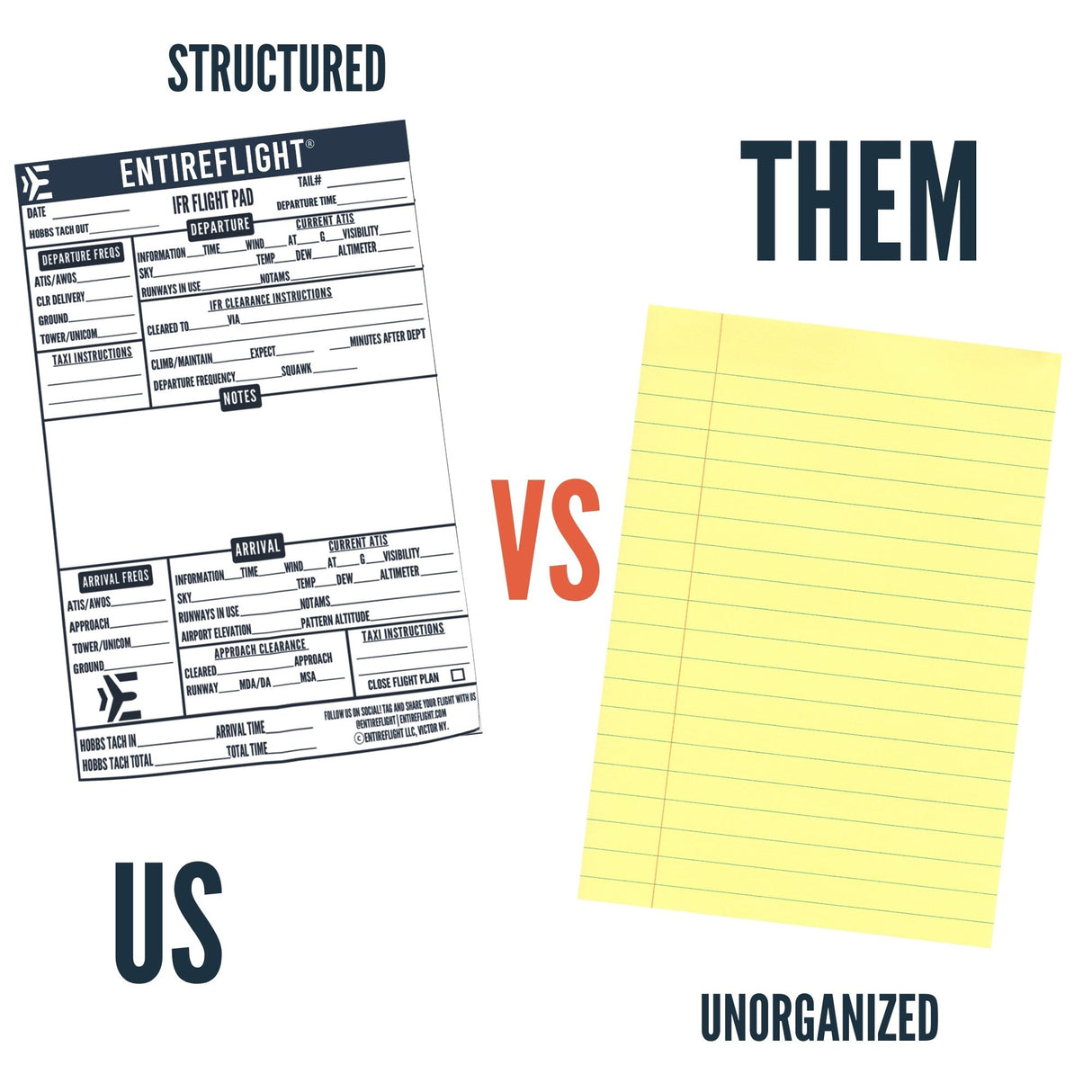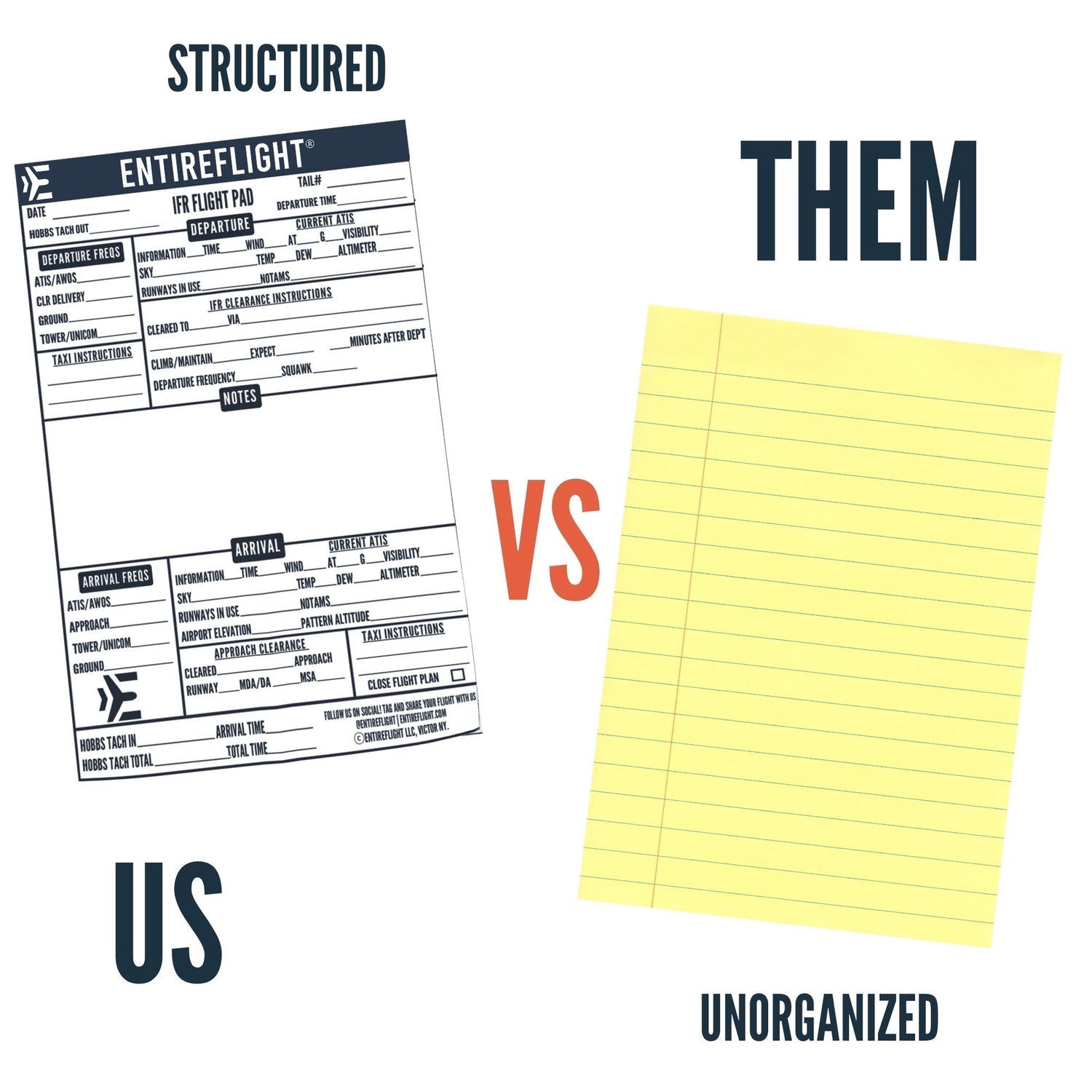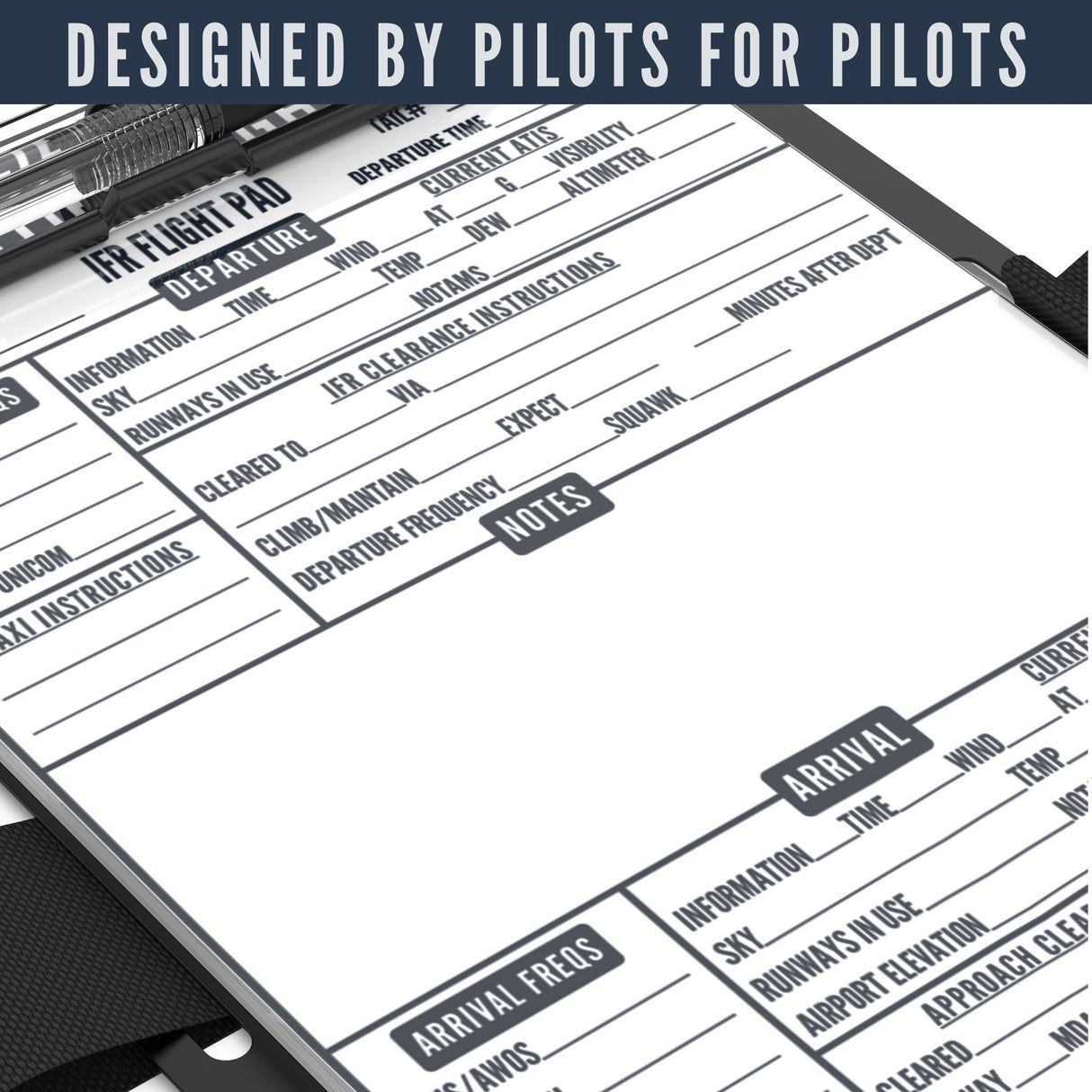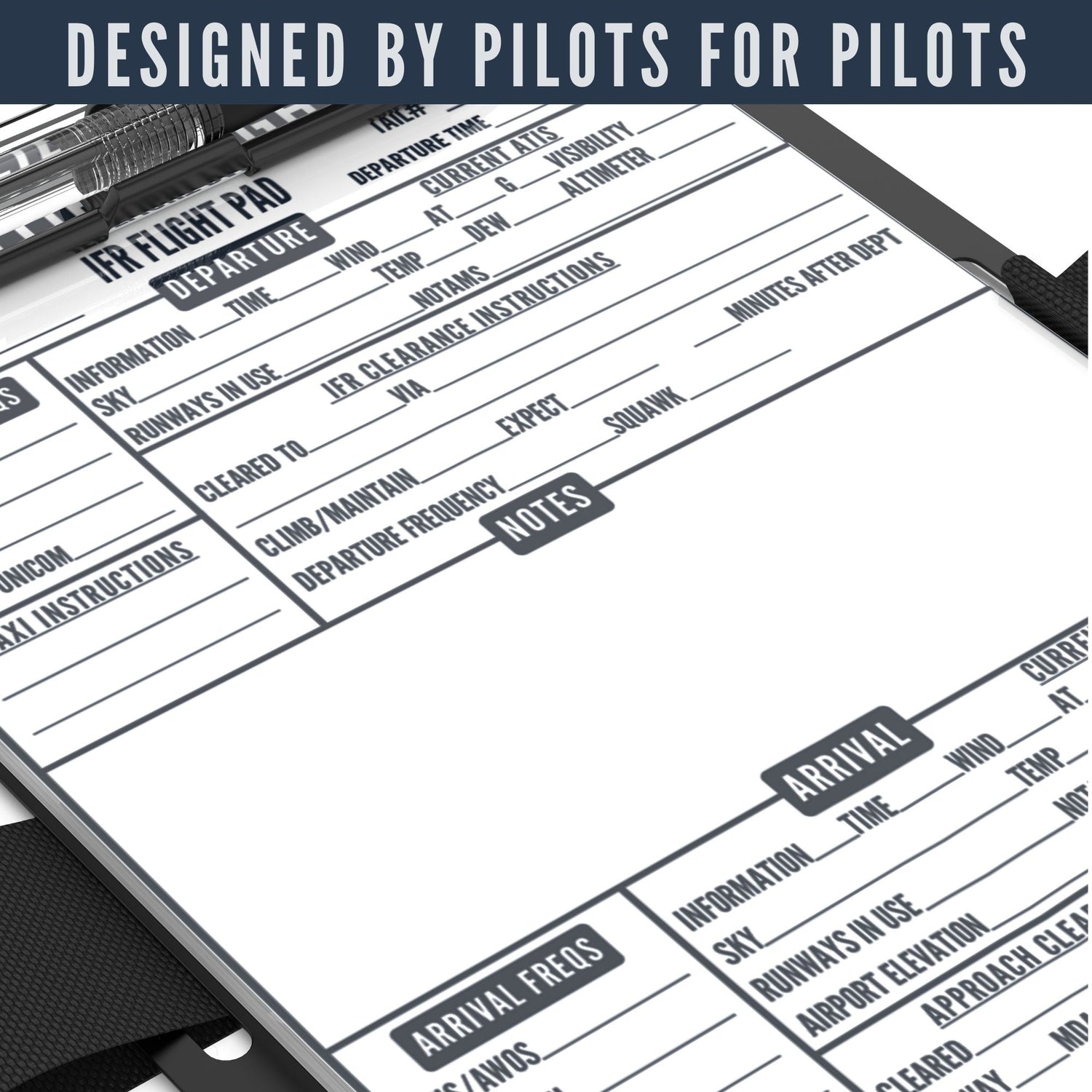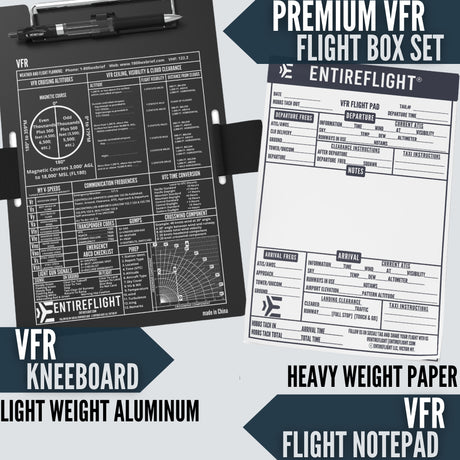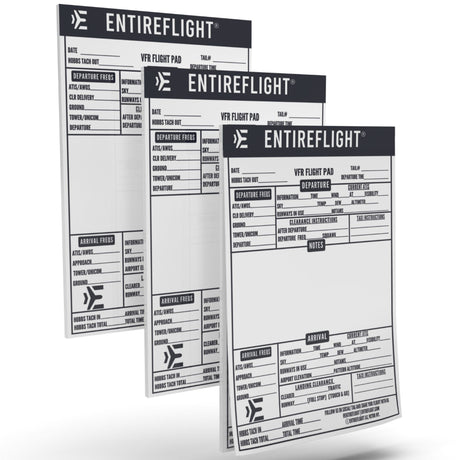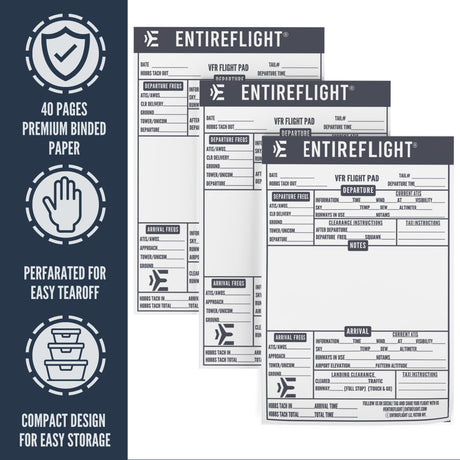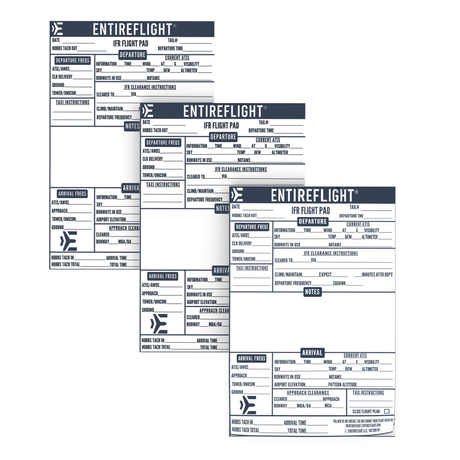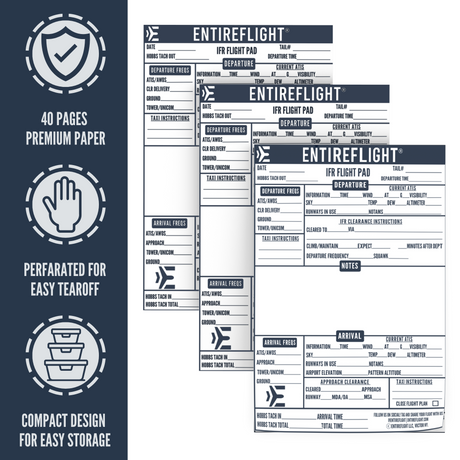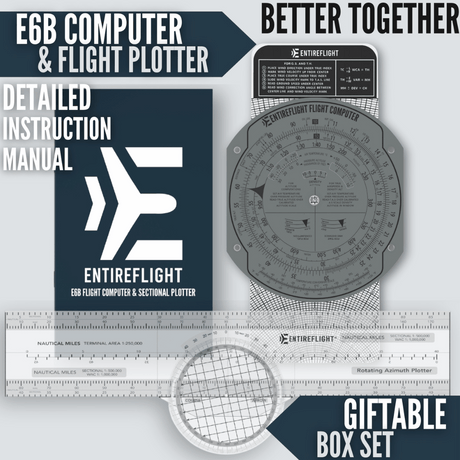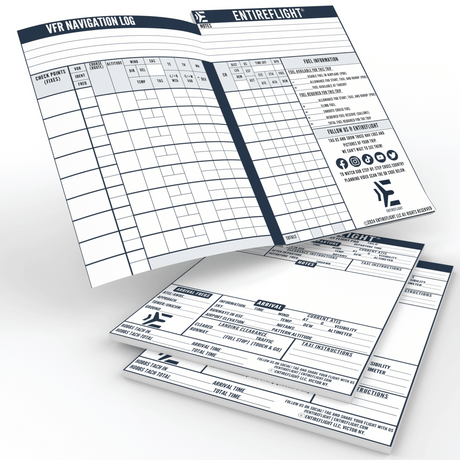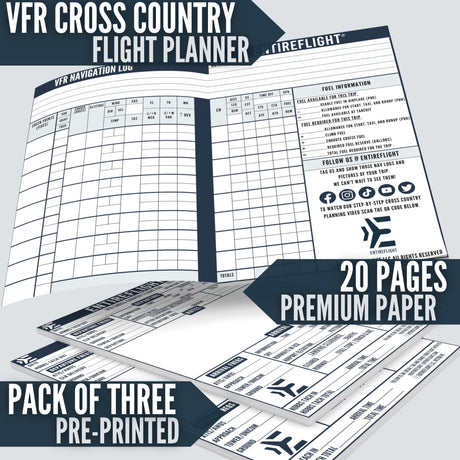Are you a novice pilot struggling to understand the process of filing a VFR flight plan? The fact is, proper planning and filing are crucial for maintaining safety in aviation. This post will take you step by step through the entire process - from understanding what a VFR flight plan actually is, to how to file, open, and close one correctly.
Ready for take-off? It's time you gained control over your skies!
Key Takeaways
- A VFR flight plan is a detailed document that outlines your intended route, departure time, and estimated arrival time for a visual flight rules (VFR) flight. It provides an extra layer of safety and allows for streamlined communication between pilots and air traffic control.
- Filing a VFR flight plan can be done through Flight Service Stations (FSS) or online platforms like Fltplan.com and Foreflight. Both options offer convenient ways to input the necessary information and submit your flight plan electronically.
- To open a VFR flight plan, you can contact the Flight Service Station (FSS) or use online platforms like Foreflight. Closing the VFR flight plan is important to ensure your safety, and it can be done through FSS or online platforms as well. Remember to close your VFR flight plan once you have landed safely at your destination.
What is a VFR Flight Plan?
A VFR flight plan is a detailed document that outlines your intended route, departure time, and estimated arrival time for a visual flight rules (VFR) flight. Filing a VFR flight plan is not only beneficial for your own safety as a pilot but also provides valuable information to air traffic control and search and rescue teams in case of an emergency.
While it may seem similar to flight following, which allows you to receive radar services from air traffic control while en route, there are some key differences between the two.
Purpose and benefits of filing a VFR flight plan
Filing a VFR flight plan equips pilots with an extra layer of safety during their flights. Should the unexpected happen and communication with your aircraft is lost, air traffic control knows precisely where to start their search based on your planned route.
It's much like leaving a detailed itinerary when you're heading out on a hike; it just makes good sense to let someone know where you are going in case something goes wrong. Filing this plan also allows for streamlined communication between pilots and air traffic controller services, enhancing overall aviation safety and efficiency.
Differences between VFR flight plan and flight following
VFR flight plans and flight following are two common methods used by pilots for communication and safety purposes, but they have some key differences. A VFR flight plan is a detailed document filed with the FAA that outlines your intended route, altitude, and estimated time of arrival. It is primarily used for search and rescue in case of an emergency. On the other hand, flight following is a service provided by air traffic control where you can request assistance while flying VFR.
While both provide increased safety, a VFR flight plan is more comprehensive and requires prior filing with specific details, whereas flight following allows for real-time interaction with ATC during your flight to receive traffic alerts or guidance if needed.
How to File a VFR Flight Plan
To file a VFR flight plan, you can either use Flight Service Stations (FSS), or take advantage of online options like Fltplan.com and Foreflight.
Using Flight Service Stations (FSS)
To file a VFR flight plan, you can use Flight Service Stations (FSS) for assistance. FSS provides valuable services like weather briefings, flight plan filing, and monitoring your progress during the flight.
When using FSS, you can call their toll-free number to speak directly with a specialist who will help you file your VFR flight plan. They will ask for essential details like your departure airport, destination airport, estimated time en route, and aircraft information.
Once the flight plan is filed, FSS will provide you with a unique identifier that allows them to track your progress along the route. This service ensures that if anything goes wrong during your flight or if you fail to close your flight plan after landing safely, search and rescue operations can be initiated promptly.
Online options (Fltplan.com and Foreflight)
You can also file your VFR flight plan online using Fltplan.com or Foreflight. These online platforms provide a convenient way to input all the necessary information and submit your flight plan electronically.
With just a few clicks, you can easily file your VFR flight plan without having to make a phone call or visit a Flight Service Station (FSS). Fltplan.com and Foreflight both have user-friendly interfaces that guide you through the process step-by-step, ensuring that you include all the required details such as departure airport, destination airport, estimated time en route, and fuel onboard.
Filing your VFR flight plan online saves time and allows for quick submission of your flight plan so you can focus on preparing for your upcoming flight.
Filling out FAA VFR Flight Plan form
To file a VFR flight plan, you will need to fill out the FAA VFR Flight Plan form. This form includes important information that air traffic control needs to know about your flight.
You will provide details such as your aircraft identification, type of aircraft, departure airport, destination airport, estimated time enroute, and any alternate airports. It's crucial to complete this form accurately and thoroughly to ensure proper communication with air traffic control and for search and rescue purposes.
Remember to include all the necessary information and follow the correct format when filling out the FAA VFR Flight Plan form.
How to Open and Close a VFR Flight Plan
To open a VFR flight plan, contact the Flight Service Station (FSS) or use online options like Foreflight. Closing the VFR flight plan is important for ensuring your safety, and can be done through FSS or online platforms as well.
Opening a VFR flight plan through FSS
To open a VFR flight plan through FSS, you will need to make a phone call. Dial WXBRIEF and provide your flight plan details, such as departure and destination airports, estimated time of departure (ETD), and the route you intend to fly.
The Flight Service Specialist will then activate your flight plan by providing you with an abbreviated clearance code or "squawk" code. This code is important for air traffic control and helps them identify your aircraft on radar screens.
Remember to close your VFR flight plan once you have landed safely at your destination to notify FSS that you have completed your flight.
Opening a VFR flight plan through Foreflight
To open a VFR flight plan through Foreflight, follow these simple steps. After filing your flight plan in the app, go to the "Flights" tab and locate your planned flight. Click on it and you will see an option to open your VFR flight plan.
Tap on it and Foreflight will notify air traffic control about your intentions. This ensures that they are aware of your route and can provide assistance if needed. Remember to close your VFR flight plan once you have landed safely to ensure that it is properly accounted for.
Importance of closing a VFR flight plan
Closing a VFR flight plan is an important step to ensure your safety and provide valuable information to air traffic control (ATC). By closing your VFR flight plan, you are letting ATC know that you have arrived at your destination or that you no longer require their assistance.
This allows them to stop looking for you if anything were to happen during the flight. It's important to remember that ATC does not automatically close your VFR flight plan; it is up to you as the pilot to make sure it gets closed.
So, once you've landed safely and reached your destination, take a few minutes to call the appropriate ATC facility or FSS and let them know you're on the ground. It's a simple but vital step in completing your VFR flight plan process and ensuring a smooth journey from start to finish.
Additional Tips and Resources
- Be aware of the regulations and weather considerations when filing a VFR flight plan. It's important to understand the rules and requirements to ensure a safe flight.
- Remember to cancel your VFR or IFR flight plan once you have landed or if your plans change. This helps prevent any unnecessary search and rescue efforts.
- Consider using VFR flight following, where air traffic control provides surveillance services for VFR aircraft. This can enhance safety and provide additional assistance during your flight.
- Proper planning and filing of your VFR flight plan is crucial for a successful journey. Take the time to review charts, consider aircraft performance, and gather necessary information before submitting your plan.
Regulations and weather considerations
Before you file a VFR flight plan, it's important to be aware of the regulations and weather considerations that may affect your flight. As a pilot, you need to adhere to the aviation regulations set by the FAA.
These include following VFR flight rules, maintaining proper altitude and airspace restrictions, and communicating with air traffic control when necessary. Additionally, weather conditions play a crucial role in your flight planning process.
It is essential to obtain a comprehensive weather briefing before your departure to assess any potential hazards such as thunderstorms, icing conditions, or low visibility. By being knowledgeable about the regulations and keeping an eye on the weather forecast, you can ensure a safe and successful VFR flight experience.
Canceling a VFR or IFR flight plan
To ensure the safety and smooth operation of your flight, it's crucial to know how to cancel a VFR or IFR flight plan. Whether you've reached your destination or need to change your plans, canceling your flight plan is an important step.
If you filed with Flight Service Stations (FSS), simply contact them via radio or phone to let them know that you want to cancel. If you used Foreflight for filing, navigate to the "Flights" section and select the active flight plan, then choose "Cancel".
Remember, closing out your VFR or IFR flight plan informs air traffic control that you have safely completed your journey or changed course.
Using VFR flight following
When flying VFR, it's essential to consider using VFR flight following as an additional safety measure. VFR flight following allows you to stay in contact with air traffic control (ATC) while enroute.
By simply contacting ATC and providing them with your intentions and desired altitude, they can help keep you separated from other aircraft and provide updates on weather conditions or potential hazards along your route.
This service is particularly useful when flying in busy airspace or during cross-country flights where staying aware of changing conditions is crucial. It's important to note that VFR flight following does not replace a filed flight plan but rather adds an extra layer of communication and situational awareness for your journey.
Importance of proper planning and filing for a safe flight.
Proper planning and filing are essential for ensuring a safe flight. By carefully planning your route, considering weather conditions, and reviewing aviation regulations, you can minimize the risks associated with flying.
Filing a VFR flight plan allows air traffic control to keep track of your whereabouts and provides vital information in case of an emergency. It's important to take the time to thoroughly plan your flight and file a detailed flight plan to increase safety during your journey.
Conclusion
By following the steps outlined in this guide, you can easily file a VFR flight plan and ensure a safe and efficient flight. Remember to utilize resources such as Flight Service Stations (FSS) or online platforms like Fltplan.com and Foreflight for filing your flight plan.
Don't forget the importance of opening and closing your VFR flight plan, as well as understanding regulations and weather considerations. With proper planning and adherence to VFR flight rules, you'll be on your way to successful flights every time.
FAQs
1 - What are the basics of filing VFR flight plans?
Filing VFR flight plans involves understanding the basics of pilot navigation, using aeronautical charts, and following a sequence for cross-country flights.
2 - How can I file my VFR flight plan online?
You can use platforms like Foreflight or Fltplancom to file your VFR flight plans online, ensuring you follow all steps from opening to picking up to canceling as necessary.
3 - Is there software that helps with filing VFR Flight Plans?
Yes, tools such as Foreflight and Fltplancom have been designed specifically to assist pilots with filing their VFR Flight Plans efficiently.
4 - What is the process for cancelling and picking up VFR and IFR flight plans?
Canceling or picking up your filed FR Flight Plans require specific procedures which could vary depending on whether you filed them via ForeFlight,FItplnacom or other means; always refer back to your navigation resources.

